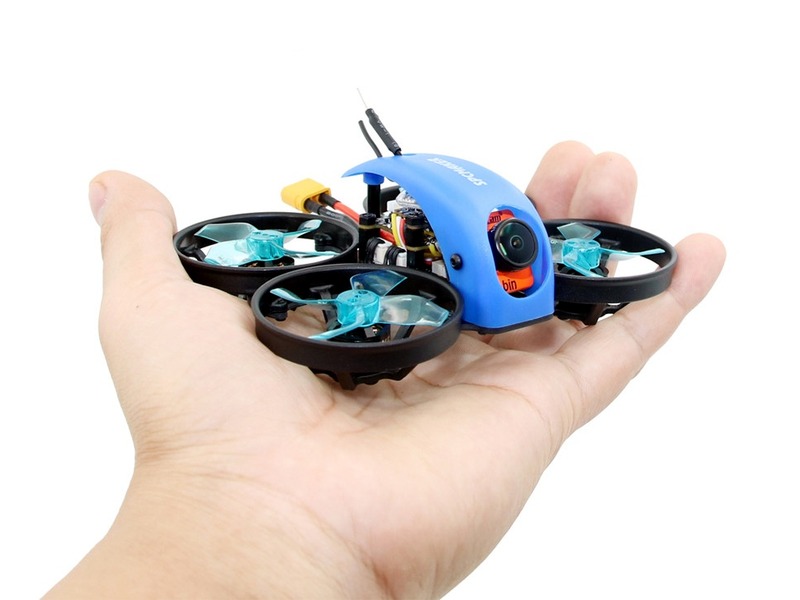Should I go digital or analog FPV?

The decision of whether to use digital or analog FPV (First Person View) for your drone depends on several factors. First, it’s important to understand the differences between the two. Digital FPV utilizes digital signal transmission, which is more reliable than analog, and allows for better image quality and range. Additionally, digital FPV systems are typically more expensive than analog systems.
Analog FPV systems use analog signal transmission, which is more susceptible to interference and has a shorter range than digital. However, analog systems are typically less expensive than digital systems and can be easier to set up.
When deciding whether to go digital or analog FPV, consider the type of drone you are using, the environment you will be flying in, and the type of video or image quality you need. Digital FPV systems are typically better for long-distance flights, providing better image and video quality, and better range. If you need high-quality video, digital is the way to go.
For short-distance flights, analog systems are usually sufficient. The lower cost, and the fact that they require less setup, make analog systems a good choice for those just starting out with drones. They’re also better for flying in areas with lots of radio interference.
Another factor to consider is the type of camera you’re using. Many digital FPV systems come with cameras that are designed to provide better image and video quality. If you’re looking for the best possible image and video quality, digital FPV is the way to go.
Ultimately, the decision of whether to go digital or analog FPV depends on your needs and the type of drone you’re using. Digital FPV systems offer better image and video quality and range, but are typically more expensive. Analog FPV systems are cheaper and easier to set up, but have shorter range and are more susceptible to interference. Consider your needs and the type of drone you’re using, and make the decision that’s best for you.
Comments / Question
• Better image quality
• Lower latency
• Ability to use multiple frequencies
• Ability to use diversity receivers
• Ability to use OSD features
• Ability to use advanced features like head tracking
Disadvantages of Digital FPV:
• More expensive
• More complicated to set up
• Less resistant to interference
Advantages of Analog FPV:
• Cheaper
• Simpler to set up
• More resistant to interference
• Can be used with long range systems
Disadvantages of Analog FPV:
• Lower image quality
• Higher latency
• Limited frequency options
• Limited features like head tracking
Digital FPV signal formats include Lightbridge, DJI HD, and HDMI.
Analog FPV signal formats include NTSC/PAL, 5.8GHz, and 900MHz.

